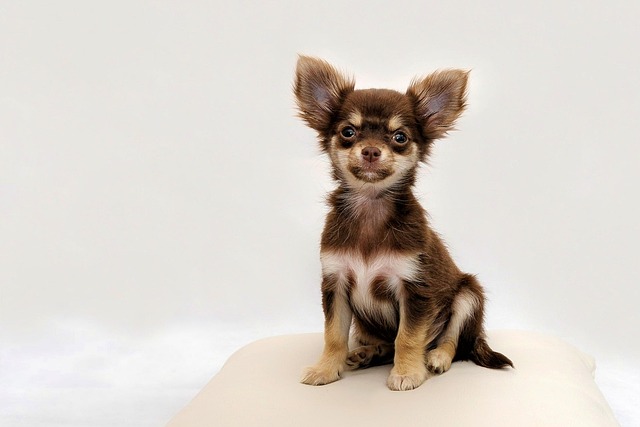
What to Feed a Chihuahua to Help It Grow Faster?
That tiny Chihuahua puppy curled up in your lap? Watching them transform from a shaky - legged furball into a feisty, healthy adult is a wild ride.
Picture this: You’re snuggling with your rescue mutt, Bella, after her evening walk through Portland’s Laurelhurst Park. That unmistakable "trash-breath" wafts up – again. As you eye that minty dental powder promising miracle freshness, a nagging thought hits: "Is this actually safe?" Let’s separate fact from marketing fluff with hard truths vets rarely mention.
The answer isn’t yes or no – safety hinges on ingredients and usage. Quality powders with VOHC (Veterinary Oral Health Council) seals undergo rigorous testing. These use enzymes like glucose oxidase to break down plaque safely. But bargain brands often hide dangers: Xylitol (deadly to dogs), excessive baking soda (causing electrolyte imbalances), or undeclared antibiotics like doxycycline. Last year, a Seattle ER treated a Labrador for kidney failure traced to "all-natural" powder containing melamine-contaminated wheat gluten.
Smart usage requires strategy: Always sprinkle on food – never directly in mouths. Dust inhalation triggers coughing fits in brachycephalic breeds. For powder-averse dogs like Carlos’s rescue Chihuahua in Miami, mix it with bone broth and freeze into kibble popsicles. Pair every application with positive reinforcement: When Bella finishes her treated meal, reward with calm praise and pets. Never punish refusal by withholding food – this violates EU animal welfare directives and creates food anxiety.
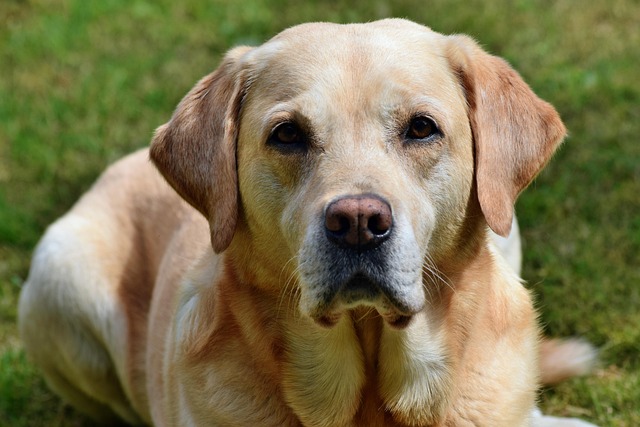
Now, connect oral care to public responsibility. Dental pain increases reactivity during leash walks. A toothache-induced snap at a passing skateboarder could violate strict liability laws in California, leading to court-ordered behavioral training. Plus, some powders alter urine pH – problematic near community gardens in NYC where leash laws prohibit fertilizing public soil. Always carry EPA-rated waste bags; periodontal bacteria often cause urgent diarrhea mid-walk.
Apartment dwellers, note these red flags: Strong mint powders trigger stress panting in confined spaces. Opt for odorless options like TropiClean’s unscented formula. For multi-dog homes, feed separately to prevent guarding – a powder-sprinkled bowl can spark fights. Trainer Anya Petrova’s Brooklyn clients swear by applying powder during "place" command practice: Dogs stay calm on mats while enzymes activate.
Special risks? Rescue dogs from Eastern Europe often lack gut flora to process seaweed-based powders – start with quarter doses. Diabetic dogs should avoid glycerin-containing products. And if you adopted from Spain or Italy, check local regulations: Catalonia bans certain dental additives without vet prescriptions.
The Reality: Powders can be safe when you:
1、Choose VOHC-approved brands
2、Verify absence of xylitol/baking soda
3、Use food-mixing method
4、Combine with annual vet cleanings
Spot chalky residue on bowls? Scrub weekly – bacterial biofilms thrive there. Because responsible ownership means protecting Bella’s health and your community’s shared spaces.

That tiny Chihuahua puppy curled up in your lap? Watching them transform from a shaky - legged furball into a feisty, healthy adult is a wild ride.
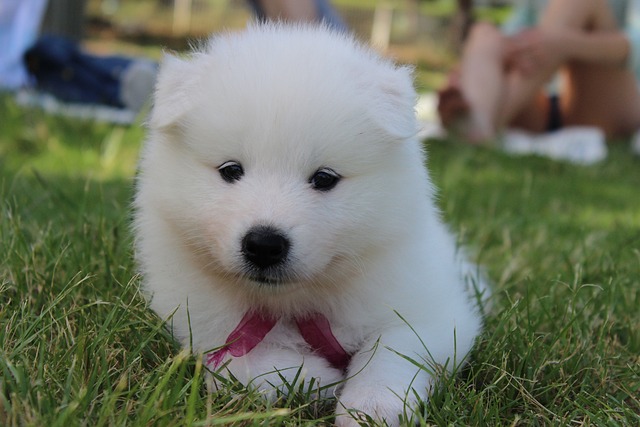
Watching your Samoyed puppy tumble around the living room, it’s hard not to wonder when that fluffy ball of energy will stop growing.
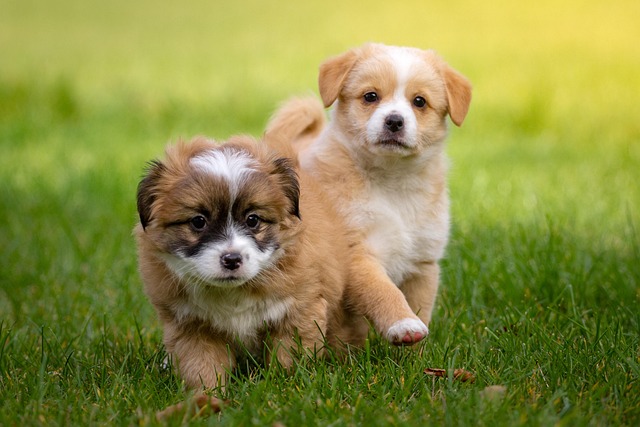
Picture this: You’re scratching your Golden Retriever’s chin and notice brown gunk clinging to their back teeth.
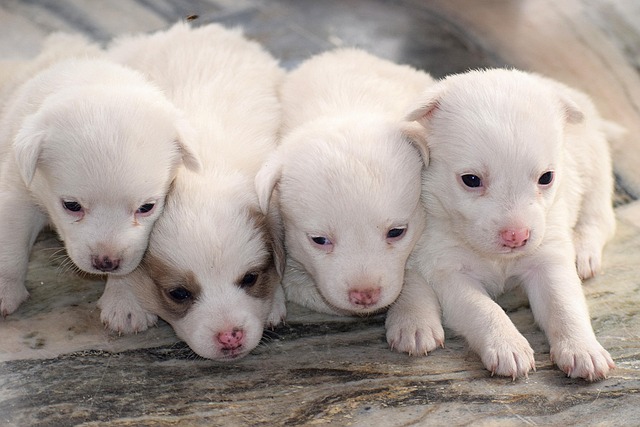
When the summer sun beats down, you might notice your dog panting heavily, tongue lolling out. Unlike humans who sweat to cool off
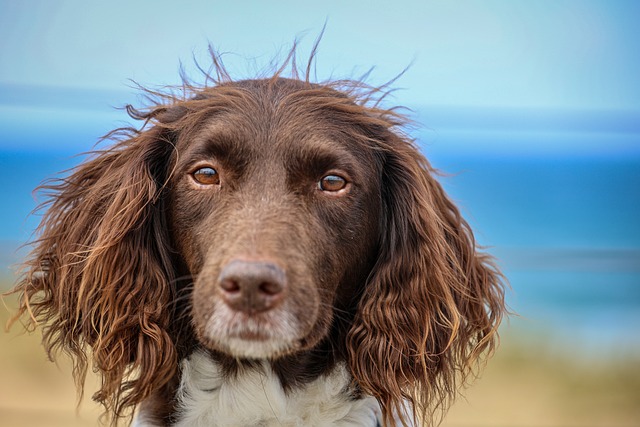
That faint "wet dog" smell when you walk in, or the stubborn whiff clinging to furniture despite your best efforts? Dog odors are a common headache

Ever stared at your fluffy friend and wondered how long it’ll take to get them looking show-ready? Dog grooming isn’t one-size-fits-all—time depends on breed, coat type, and the services you choose.